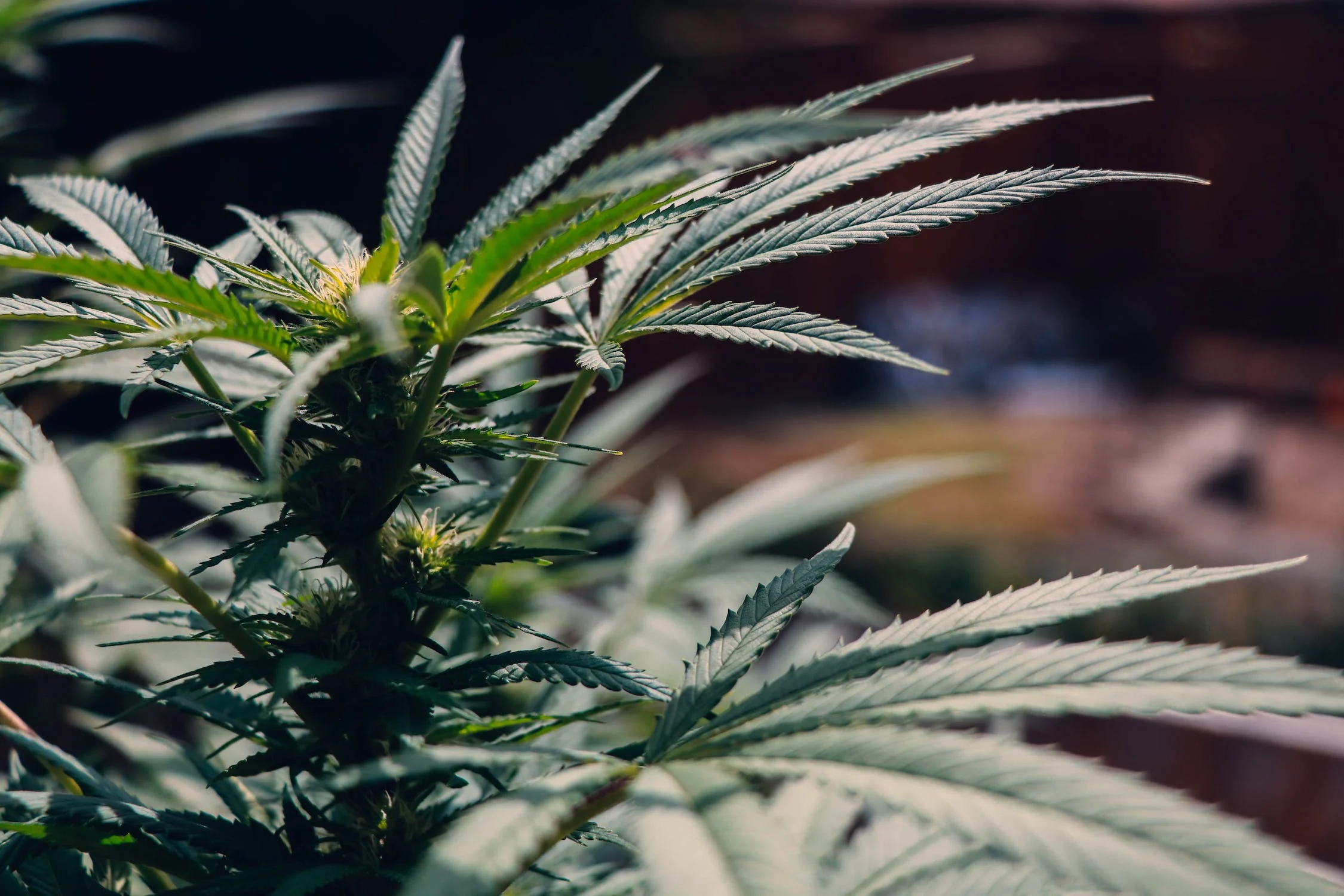
Who is Shen Nung & What Did He Have To Do With Cannabis?
Shen Nung was an ancient Chinese emperor who was known for his contributions to Chinese medicine and agriculture. According to legend, he is credited with discovering tea and is also believed to have tried cannabis as a medicine.
In Chinese folklore, Shen Nung is depicted as a wise ruler who tested the effects of various plants on himself, including cannabis. It is said that he discovered the medicinal properties of the plant and recommended it for various ailments, such as rheumatism and malaria.
While the historical accuracy of these stories is difficult to verify, they do suggest that cannabis was used for medicinal purposes in ancient China, and that Shen Nung may have played a role in its discovery and promotion as a therapeutic agent. Nevertheless, it is important to note that the relationship between Shen Nung and cannabis is a matter of legend, and much of what is known about him is based on folklore and tradition rather than historical evidence.

According to legend, Shen Nung discovered the medicinal properties of cannabis through self-experimentation. It is said that he tested the effects of various plants on himself, including cannabis, in order to better understand their therapeutic benefits.
In traditional Chinese medicine, cannabis was used to treat a variety of conditions, including pain, inflammation, and menstrual cramps. The seeds and leaves of the plant were used to make teas and decoctions, while the resin was used to make ointments and tinctures.
It is also said that Shen Nung recommended the use of cannabis in cases of rheumatism and malaria, as well as for general anesthesia. In these treatments, the plant was consumed orally or applied topically to the affected area.
It is important to note, however, that much of what is known about the use of cannabis by Shen Nung is based on legend and tradition rather than historical evidence. Nevertheless, these stories suggest that cannabis was considered a valuable medicinal plant in ancient China and may have been used for therapeutic purposes for thousands of years.
While the stories of Shen Nung and cannabis are steeped in legend, there is evidence to suggest that the use of cannabis for medicinal purposes dates back thousands of years in China. In fact, the earliest known written record of cannabis as a medicine comes from the ancient Chinese pharmacopeia, the Pen Ts’ao, which was compiled around 1,800 years ago. The Pen Ts’ao describes the use of cannabis for a range of conditions, including pain, inflammation, and menstrual cramps, and recommends different preparations of the plant for different ailments. This suggests that cannabis was a well-known and widely used medicine in ancient China, long before the time of Shen Nung.
Today, cannabis remains an important part of traditional Chinese medicine and is used to treat a variety of conditions, from pain and anxiety to nausea and insomnia. While the use of cannabis for medicinal purposes is still somewhat controversial in modern times, its long history of use in China and other cultures around the world suggests that it may have significant therapeutic value. As researchers continue to explore the potential benefits of cannabis, it will be interesting to see how its use in medicine evolves and whether it continues to play a role in healing practices for centuries to come.
Images: Elsa Olofsson (Pexels), Luthfi Shatara (Pexels)